Bryson DeChambeau’s inclusion on the United States team for the 2025 Ryder Cup took many by surprise—especially considering his association with LIV Golf. Given that many PGA Tour players have clashed with LIV Golf over eligibility and scheduling, how did DeChambeau navigate these challenges to become a Ryder Cup pick? In this piece, we explore how the Ryder Cup’s governance, selection mechanics, and his major performances combined to make his participation possible—and what implications his case has for the broader golf world.
Organizational Structure: Who Governs the Ryder Cup?
One key factor in DeChambeau’s eligibility is the distinction between PGA Tour authority and the PGA of America, which organizes the Ryder Cup for Team USA.
-
The PGA Tour has imposed restrictions on LIV Golf players—bans, suspensions, or exclusion from certain Tour events.
-
However, the Ryder Cup is overseen by the PGA of America. That entity does not currently bar LIV Golf–affiliated players from representing the U.S. side.
-
This separation in control allows for more flexibility: the Ryder Cup rules are not automatically constrained by PGA Tour membership policies.
Because the PGA of America is uninvolved in LIV vs. PGA Tour disputes, it retains full discretion to consider any player (regardless of affiliation) for the U.S. team.

Qualification Mechanics & DeChambeau’s Path
Points & Automatic Qualification
Typically, many spots on the U.S. Ryder Cup team go to players who earn points via performances in PGA Tour events, majors, and signature tournaments. But DeChambeau, due to his LIV status, has limited access to regular PGA Tour events. His route therefore required a focus on the major championships, which remain open to LIV players under universal eligibility rules.
-
DeChambeau leveraged strong finishes in the majors: over the qualifying period, he secured multiple top-10 finishes—even winning the 2024 U.S. Open.
-
Because those major events count heavily toward Ryder Cup points, his success there allowed him to rise in the standings despite playing fewer events.
-
At a certain cutoff, he ranked high enough in the qualification list (e.g. top six U.S. points) to qualify automatically. Reports indicate he secured a spot via points despite limited event access.
Captain’s Picks Safety Net
Beyond automatic qualifiers, Ryder Cup teams include a set number of captain’s picks—players chosen by the team captain to fill out the roster. This provides flexibility to include players whose status may not align perfectly with the standard route.
-
Even if DeChambeau had fallen short in points, the captain could have selected him via a discretionary pick.
-
In his case, because he did qualify in the points list, the captain’s pick option functioned as backup rather than necessity.
This structure ensures that players who bring strategic value—momentum, crowd appeal, course fit—can be added even if their schedule is restricted.

LIV Golf vs. PGA Tour: The Tension & Its Implications
DeChambeau’s eligibility raises deeper questions about how the LIV Golf–PGA Tour conflict shapes team events.
-
LIV players are often excluded from PGA Tour events and losing access to points opportunities.
-
Yet the Ryder Cup’s independence from the Tour means the restrictions do not automatically apply to national team involvement.
-
For European players, eligibility to represent Team Europe often demands maintaining DP World Tour membership, paying fines for LIV participation, or fulfilling certain participation thresholds.
-
U.S. players do not currently face equivalent additional constraints under U.S. Ryder Cup rules.
This asymmetry means that a LIV player can compete at the highest stroke play levels (majors) and still qualify, bypassing exclusion from regular Tour events.
Reactions & Controversies
DeChambeau’s inclusion has sparked debate in golf circles. Some argue that selecting LIV players undermines the integrity of PGA Tour points systems, while others believe performance should override affiliation. Key points of contention include:
-
Fairness in Points Access
Critics note that many other U.S. players had far more opportunity to accumulate Ryder Cup points via PGA Tour events. DeChambeau’s access was limited, yet he still qualified. -
Team Cohesion & Commitment
Skeptics question whether a LIV-affiliated player can fully integrate into a PGA Tour–oriented national team with fewer co-competitive interactions. -
Precedent Setting
If DeChambeau succeeds, it may set a precedent for more LIV players to press for Ryder Cup spots, increasing friction with the PGA Tour establishment. -
Support from Captain and Teammates
Captain Keegan Bradley has publicly supported DeChambeau, citing his energy, talent, and value. Teammate backing may help dispel concerns about division.
Despite tension, many see DeChambeau’s selection as evolution: the game must reconcile competing circuits and reward merit.

DeChambeau’s Preparations & Contributions
Beyond rules, DeChambeau has actively worked to integrate himself into the team environment:
-
He traveled to team activities and events despite not being eligible to compete in certain PGA Tour events.
-
He has committed time to building rapport and camaraderie—participating in practice, team bonding, and course strategy sessions.
-
Strategically, his game (powerful driving, aggressive mindset) may suit certain matchups or course layouts, making him a tactical asset.
The combination of his performance in majors and his visible team efforts strengthen his case as a full participant, not just a symbolic pick.
Risks & Challenges Ahead
While he is eligible and has secured his spot, DeChambeau faces multiple challenges:
-
Skeptical Teammates or Doubters: He must prove himself on the course and in team formats to validate his selection.
-
Pressure as a LIV Outlier: All eyes will monitor how he performs relative to full-time PGA Tour peers.
-
Limited recent shared competition: Because he plays fewer events with many U.S. teammates, chemistry and strategic alignment may be less polished.
-
Public Perception: Fans and critics may scrutinize his performance more intensely given his controversial status.
Yet if he succeeds, his case could bridge divides and reshape eligibility norms in elite golf.
Broader Implications for the Future of Golf Teams
DeChambeau’s 2025 Ryder Cup eligibility highlights several evolving trends:
-
Merit over Affiliation: Increasingly, performance (especially in majors) can override circuit distinctions in team selection.
-
Flexible Governance: Entities like the PGA of America retain autonomy in team-based competitions, separate from tour politics.
-
Cross-Circuit Integration: As LIV Golf and PGA Tour landscapes evolve, more players may straddle or transition across those lines while still competing in open events.
-
Focus on Major Performance: In a restrictive schedule environment, success in global majors becomes crucial for inclusion in elite team events.
These dynamics suggest that future conflict between tours may increasingly manifest in eligibility negotiations rather than in simple exclusion.
Bryson DeChambeau’s path to the 2025 Ryder Cup team is a case study in how rigid affiliation rules can be balanced against performance and strategic selection. Despite being a LIV Golf player, he leveraged strong major finishes, navigated the separation between PGA Tour and Ryder Cup governance, and earned a place almost undeniably. His case underscores that when governing bodies maintain autonomy, merit and course fit remain powerful forces in team sport selection.
As the Ryder Cup plays out, all will watch whether DeChambeau justifies his place—not just as a controversial choice, but as a contributor to Team USA’s success. In doing so, he could help bridge divisions in modern pro golf and set a template for future players caught between circuits.

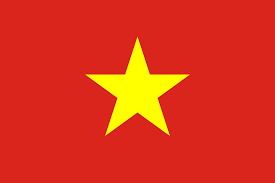 Vietnamese
Vietnamese



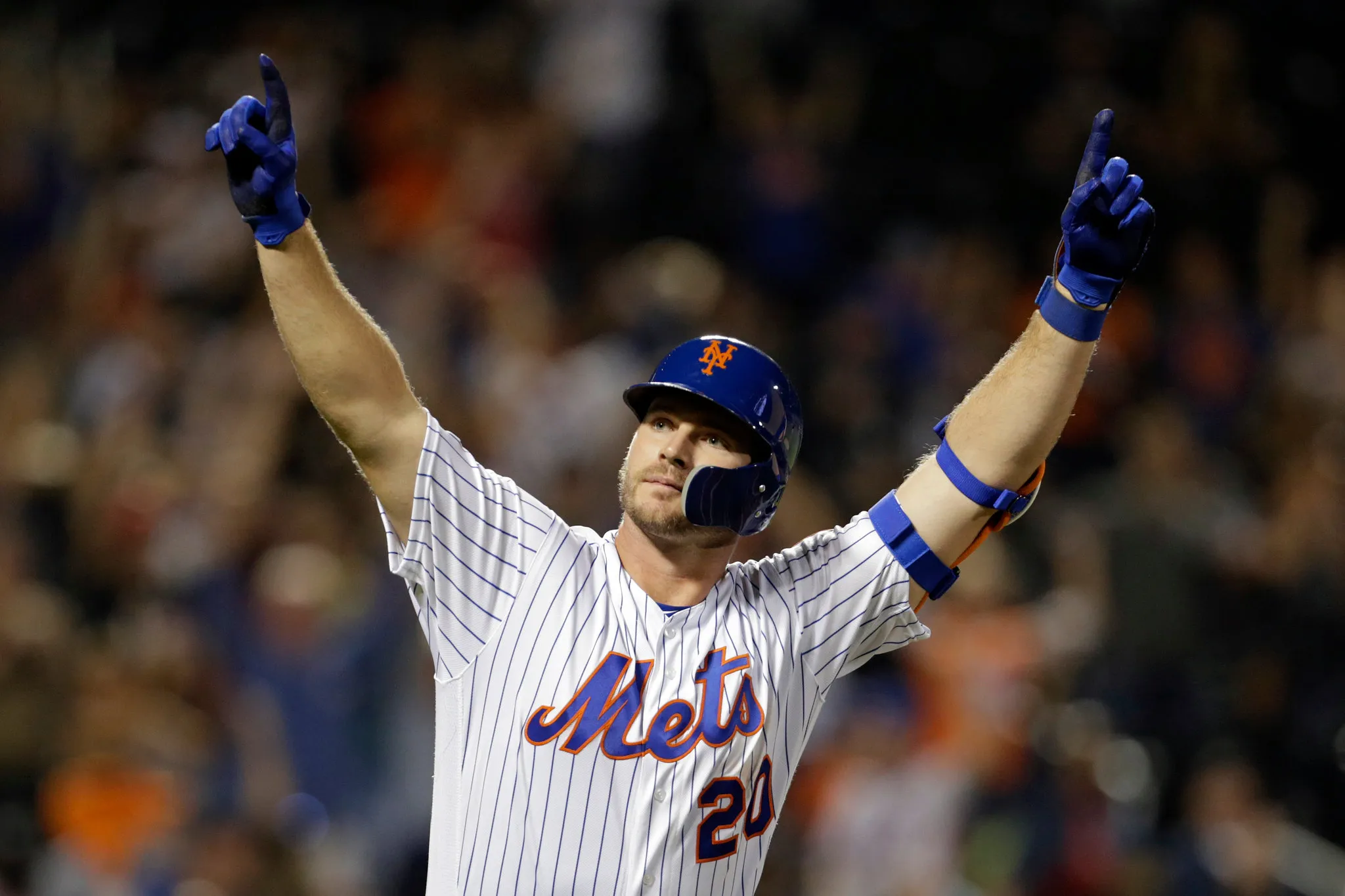
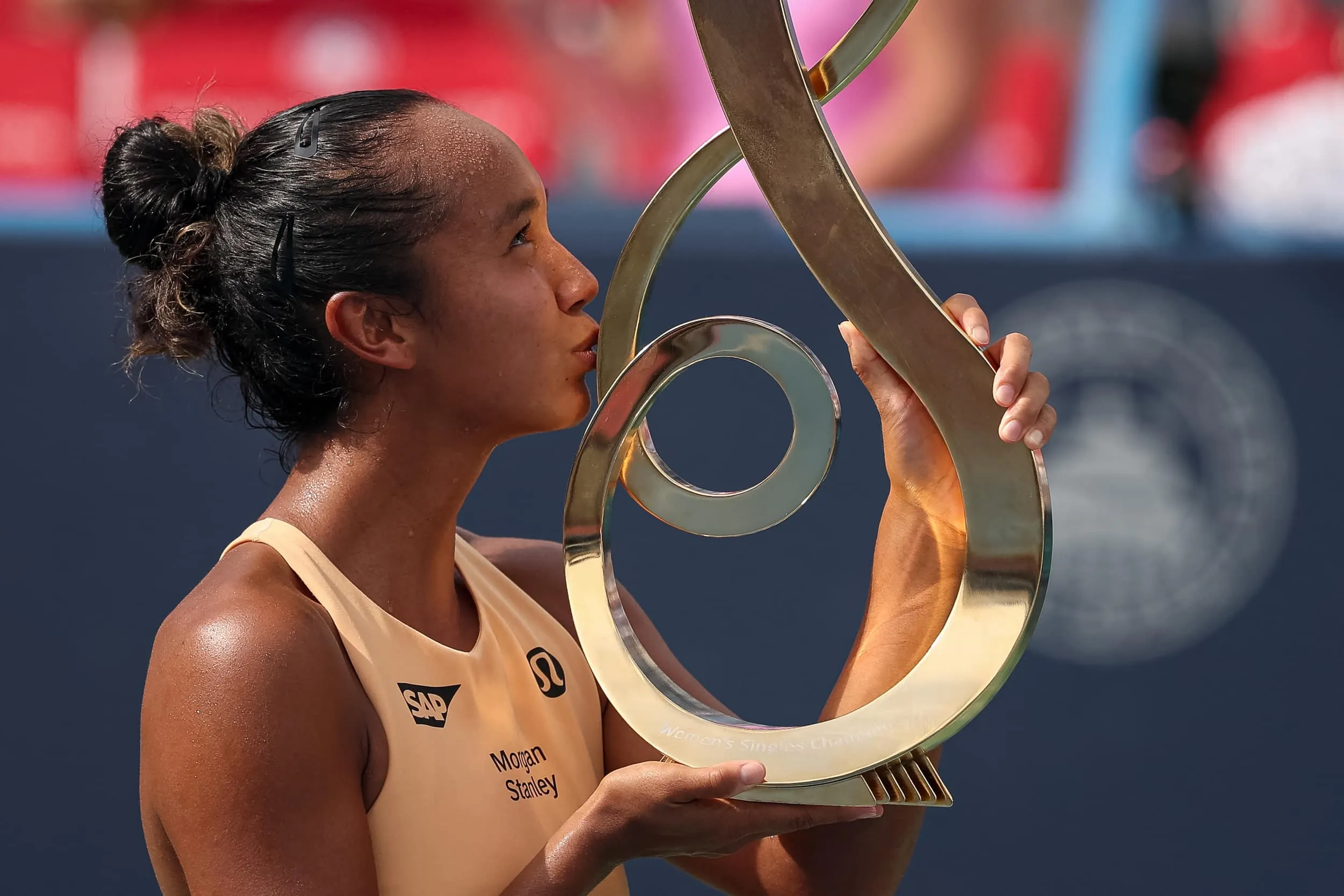
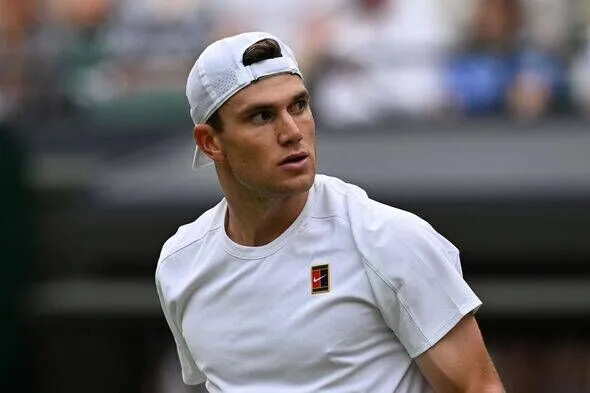
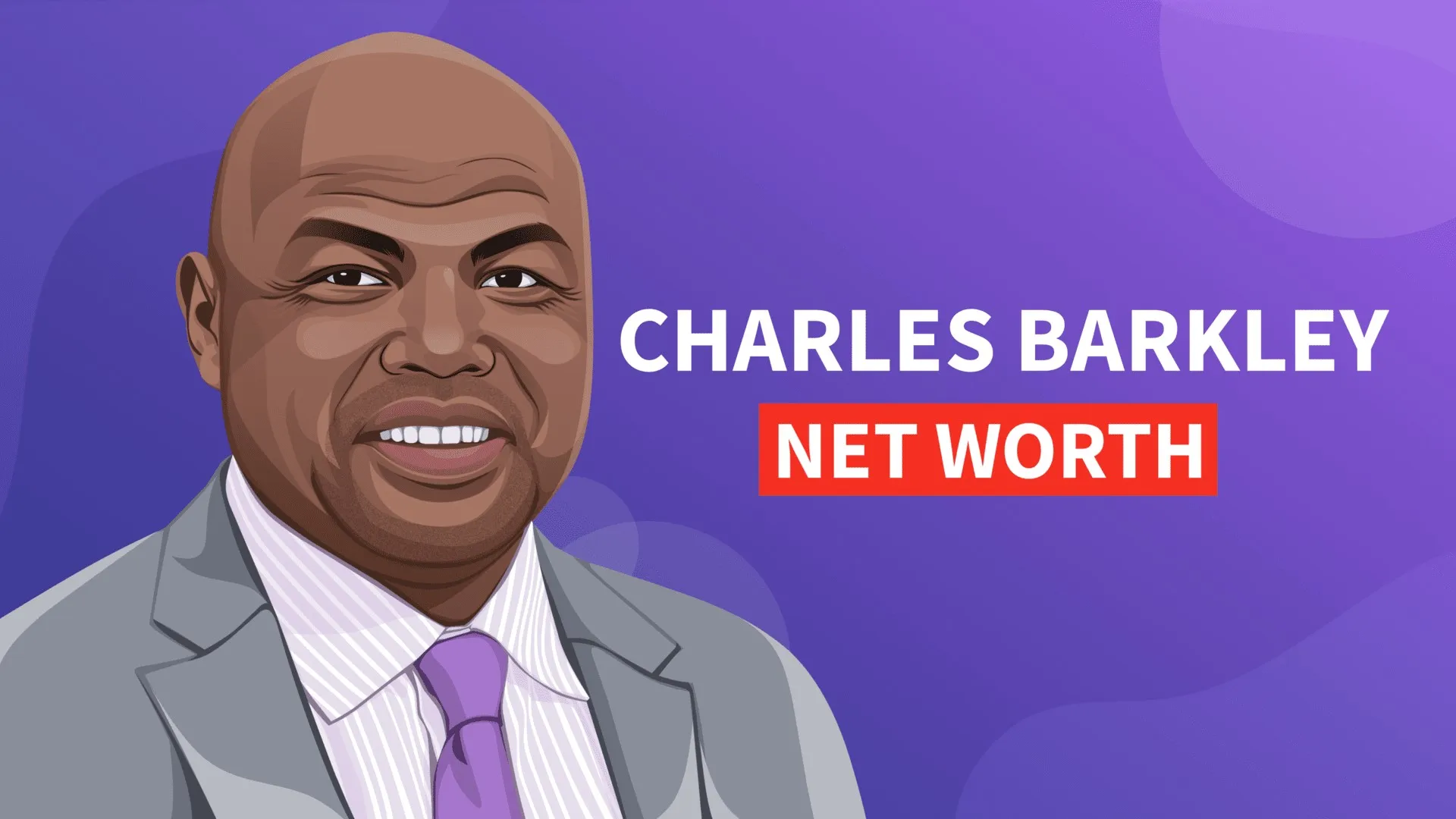
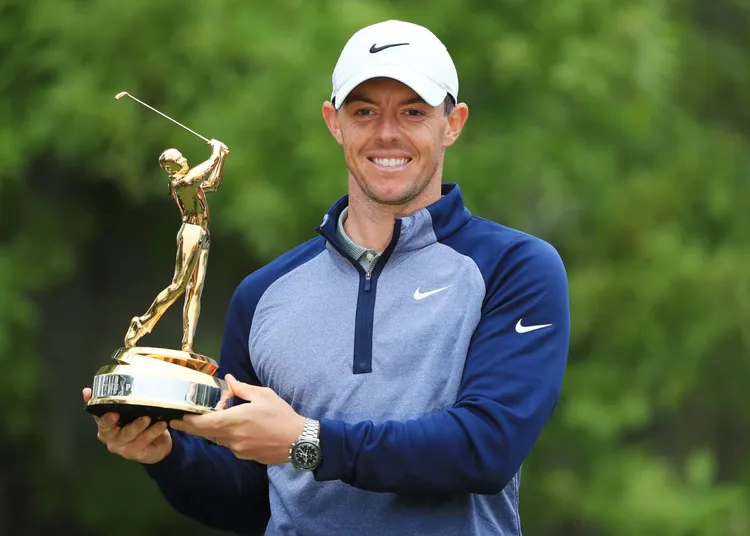
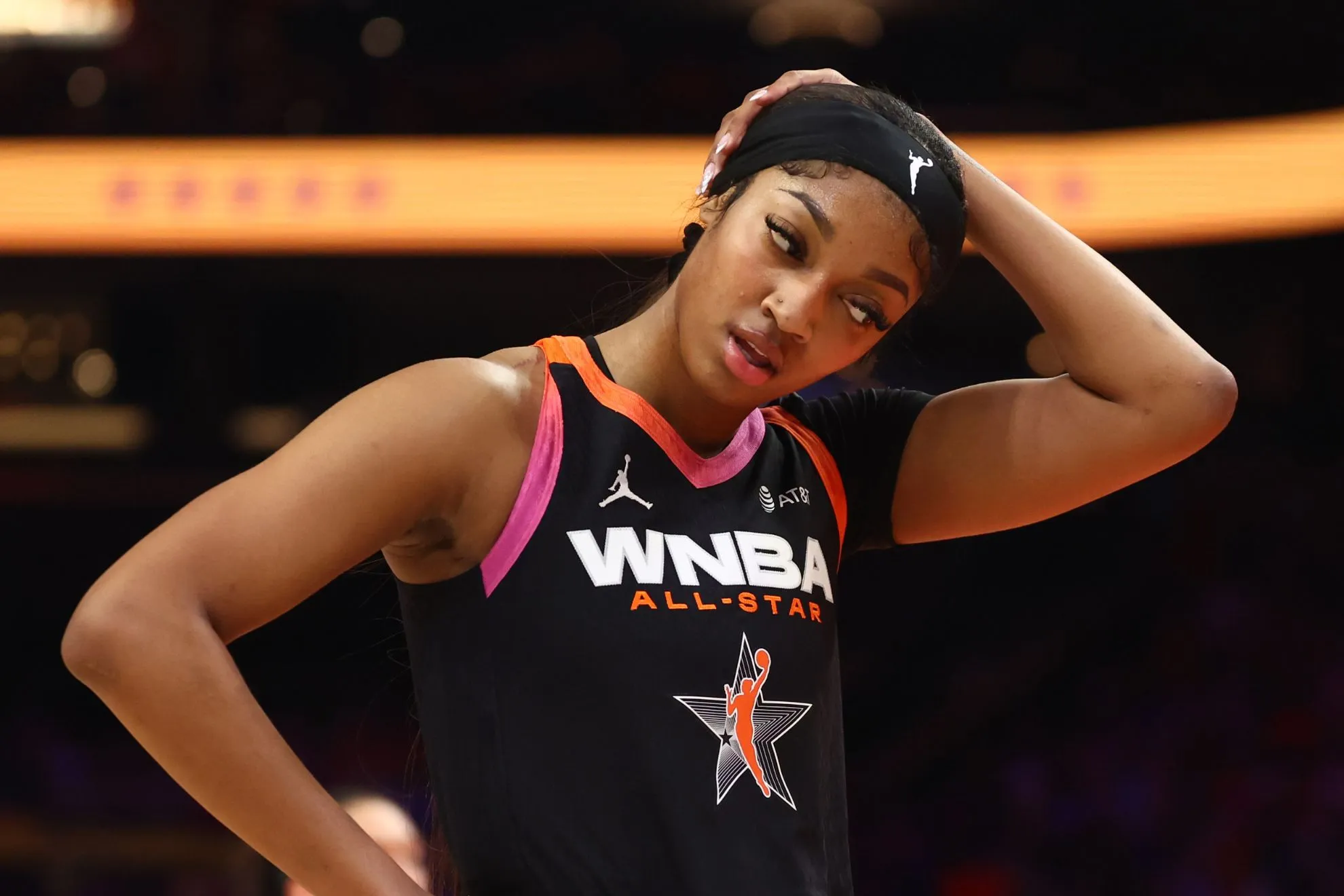
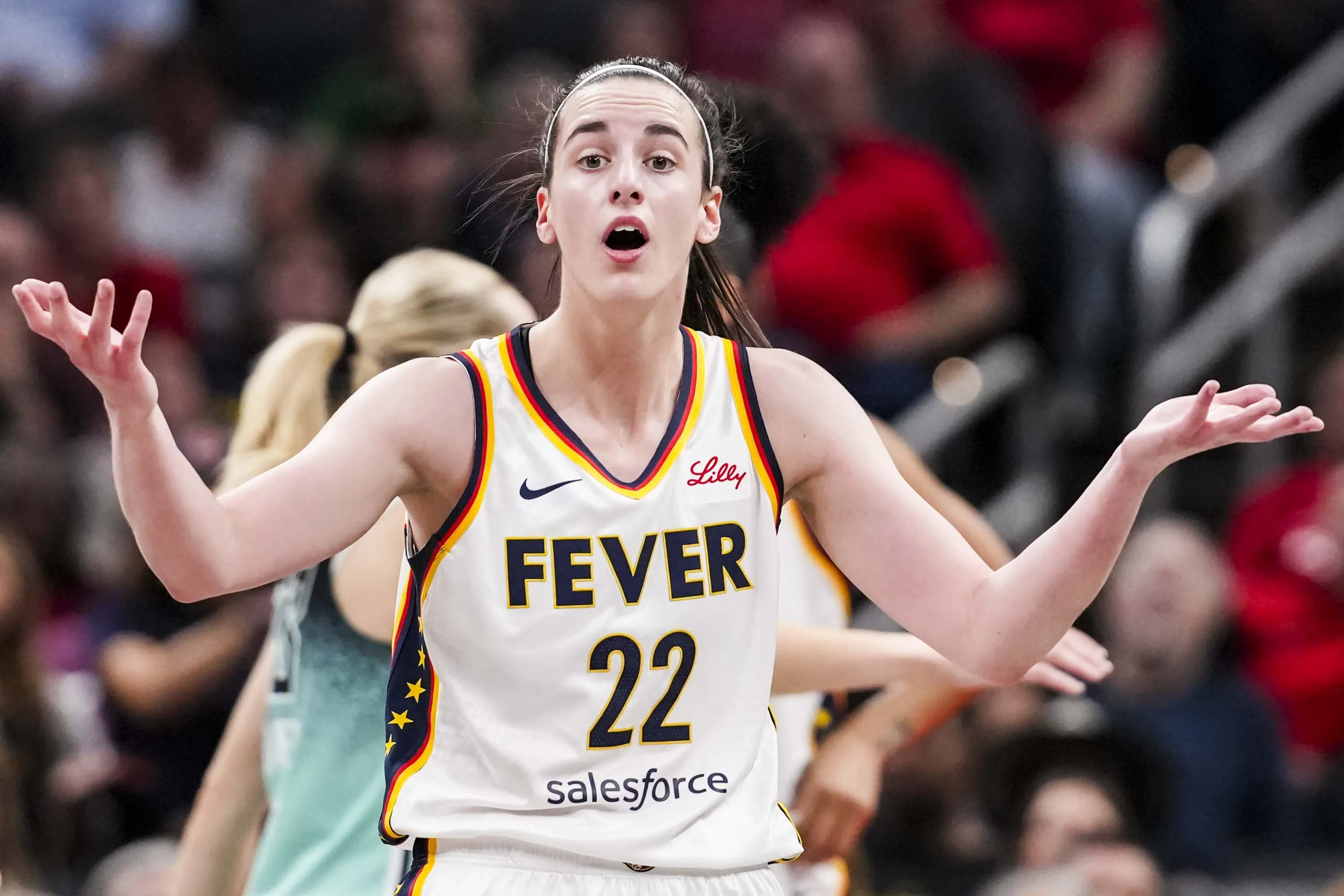
Nguyen Hoai Thanh
Nguyen Hoai Thanh is the Founder and CEO of Metaconex. With 12 years of experience in developing websites, applications and digital media, Nguyen Hoai Thanh has many stories and experiences of success to share.